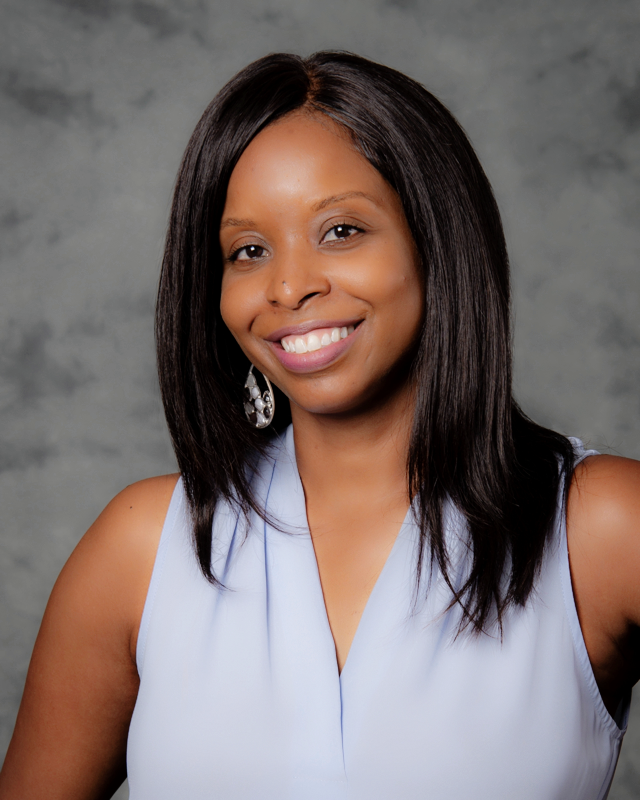By Denise Hernandez
In light of the current events, the term distance learning has become as recognizable today as the word recess. However, the phrase may create an adverse reaction for many educators. Before the pandemic, many teachers started including more technology in their lesson plans; however, delivering instruction in a true distance learning model is much more than that. For many of our colleagues in education, these are in fact, unchartered waters. They too are uncharted waters for our students. As in anything, some of our students will thrive in this environment, while many will struggle.
The good news is, the technology is available! Don’t get me wrong, there are a plethora of cons that I can list on this topic. However, for the sake of our students, I am choosing to focus on a plan for a successful transition into “the new normal”. We can be proactive by considering the Universal Design for Learning Principles (UDL) during the planning and instructional process of digital learning.
I bet the founders of UDL never imagined that the framework would be considered during a pandemic. As stated on the Center for Applied Science and Technology (CAST) website, “Universal design for learning is a framework to improve and optimize teaching and learning for all people based on scientific insights into how humans learn”. The way we learn is as unique as our fingerprints. Regardless of where instruction is taking place, the UDL principles (multiple means of engagement, representation, and action/expression) are helpful when considering ways to ensure student success. Students must have opportunities to engage, receive information, and express what they know in multiple ways. By providing those opportunities, we can help remove barriers to learning. So what does that look like? While there are countless possibilities, the following tools can help students gain access to their lessons:
Text-to-speech can allow a student to access grade-level content even if the student has a learning disability that affects decoding or reading fluency. Many devices have this feature built-in, but there are Google Chrome extensions such as Read&Write for Google and Snap&Read that provide this as well.
A text summarizer can help students that have barriers in the area of vocabulary. Simplifying text can help students access grade-level content. Using a website like Rewordify can simplify potentially difficult to understand words without taking away from the overall meaning of the passage.
A voice recording tool can support students who have deficits in short-term memory by creating a space for them to not only brainstorm but to refer back to ideas easily. Tools such as Kaizena or Vocaroo allow students to make a quick voice recording to do this.
Voice typing, or speech-to-text, allows students to demonstrate what they know. This still requires the student to go through the writing process but, it can eliminate barriers such as fine-motor or spelling difficulties which could be a result of a disability. Again, many devices have this feature built-in, but this can easily be done in a Google Doc using the voice typing feature or the dictation feature available on Chromebooks.
These are just a few examples that could be used as a part of any distance learning platform to help remove barriers for struggling students. Furthermore, they are tools that can easily fit into an existing workflow. You can find more information regarding the Universal Design for Learning framework and principles at www.cast.org.
About our Guest Blogger, Denise Hernandez
Denise Hernandez is a Program Specialist for the North Coastal Consortium for Special Education. She has a Masters Degree in Education and received an Assistive Technology Certificate through Cal State Northridge. Denise has been an educator for over 18 years and has experience in both general and special education (grades K-12). During that time, she has supported students, teachers, parents, and administrators as a classroom teacher and later as a Program Specialist. Her area of specialty is making content accessible to all learners.


